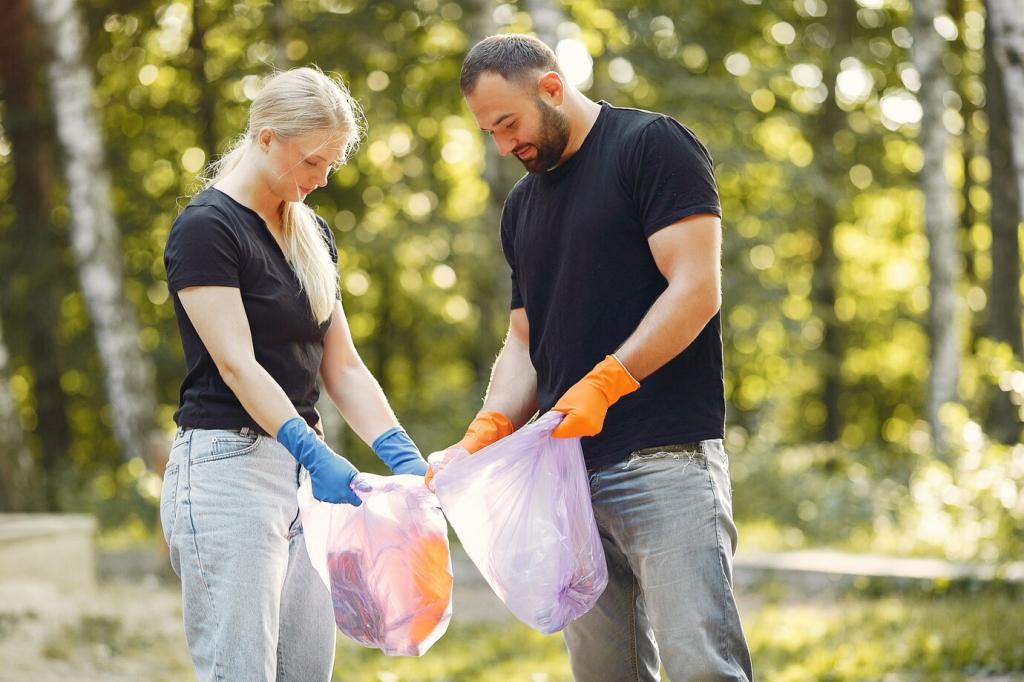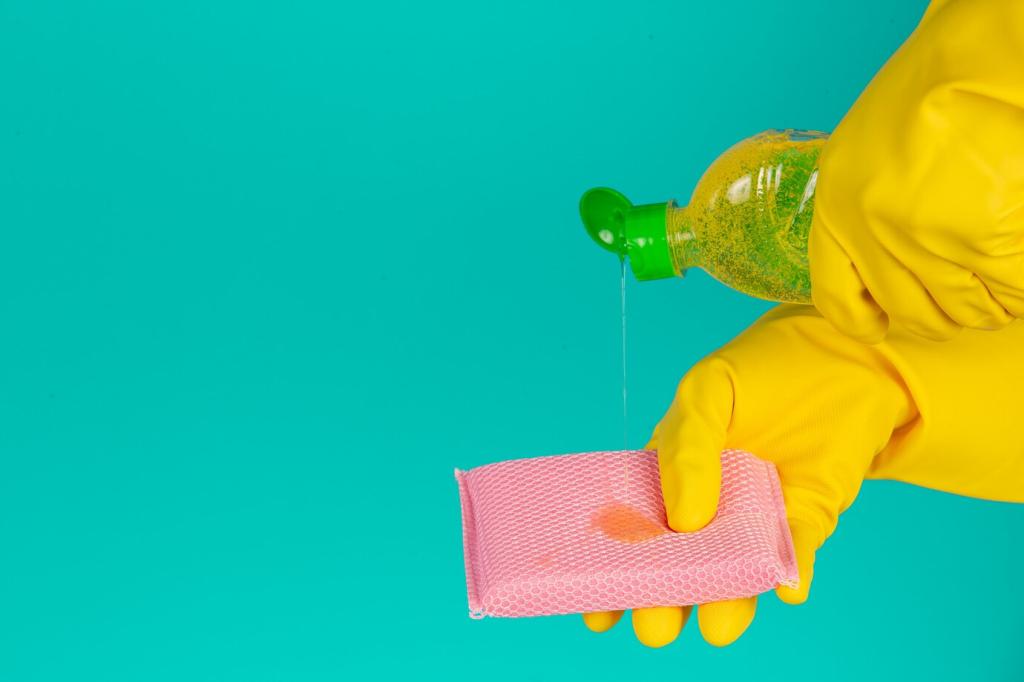Tools and Techniques That Support Organic Cleaning
Blotting lifts stains vertically, while rubbing drives them deeper. Use steady, up-and-down pressure, rotating to clean areas of your cloth. It takes patience and restraint, but rewards are real. Tell us what helped you switch habits and keep those fibers happy.
Tools and Techniques That Support Organic Cleaning
White cotton towels reveal true transfer and prevent dye bleed. A soft upholstery brush loosens dry soil without scuffing. HEPA vacuums improve indoor air quality by trapping fine dust. Subscribe for our printable toolkit checklist and share any underrated tools you absolutely love.




